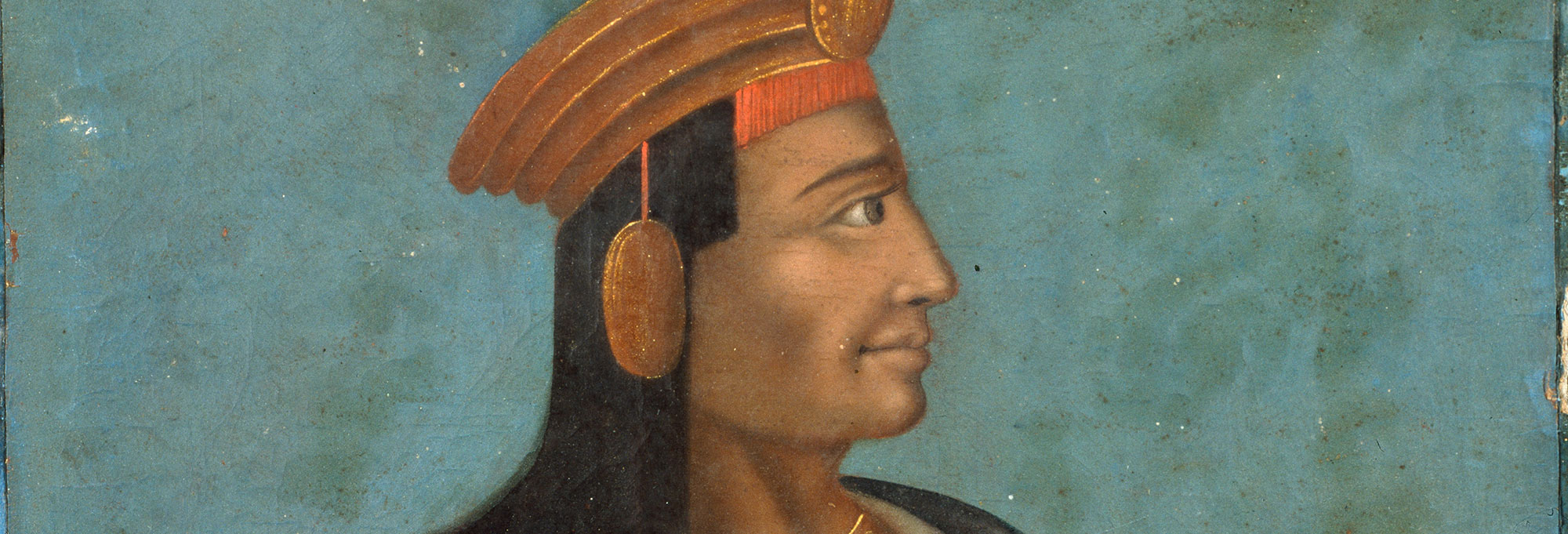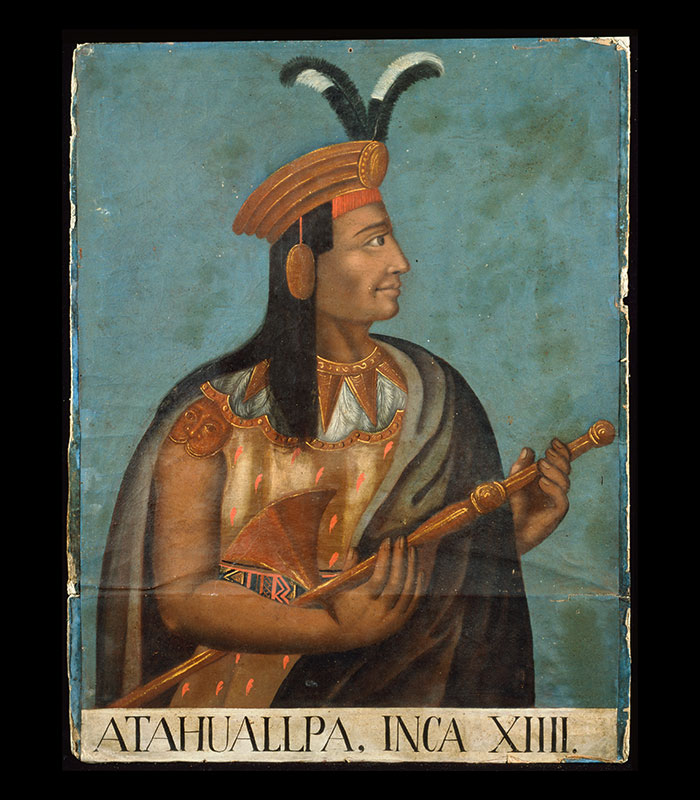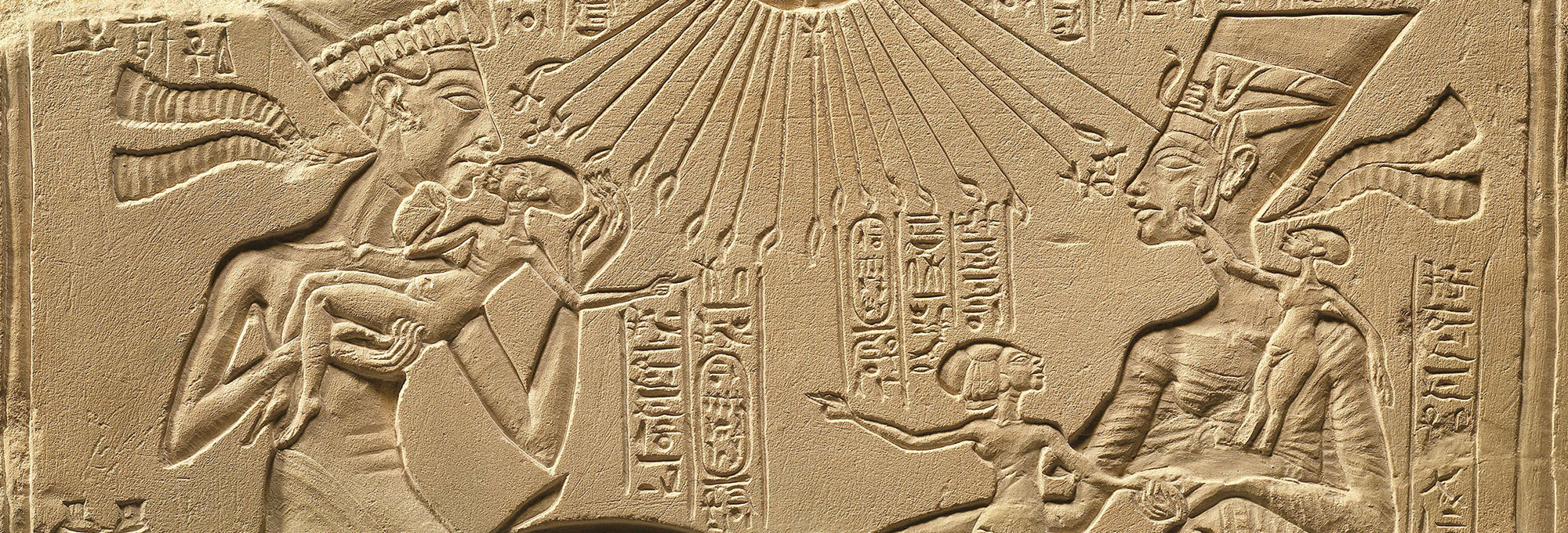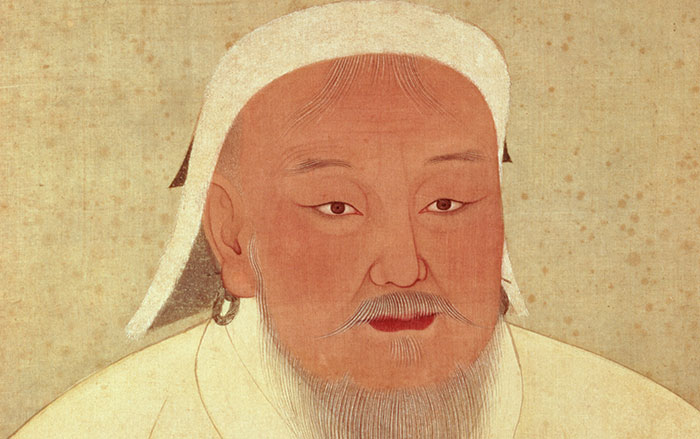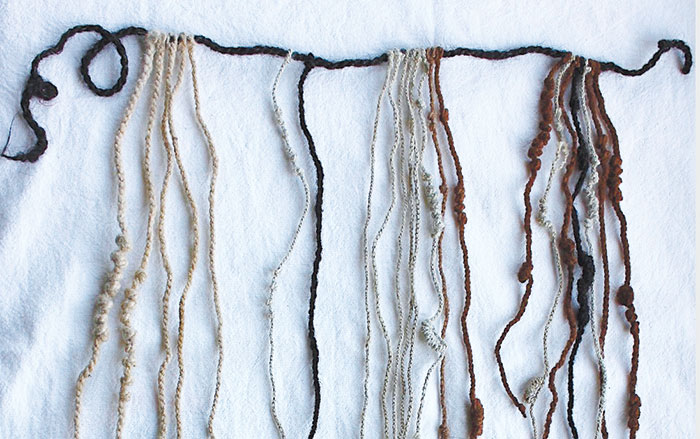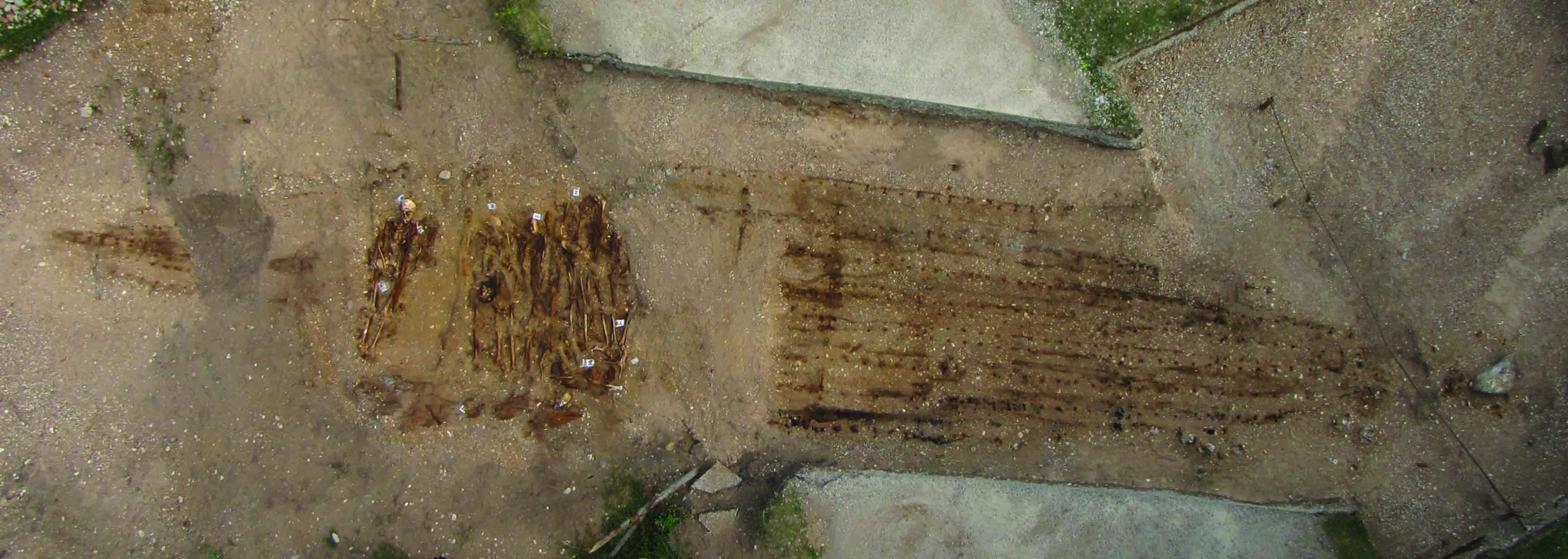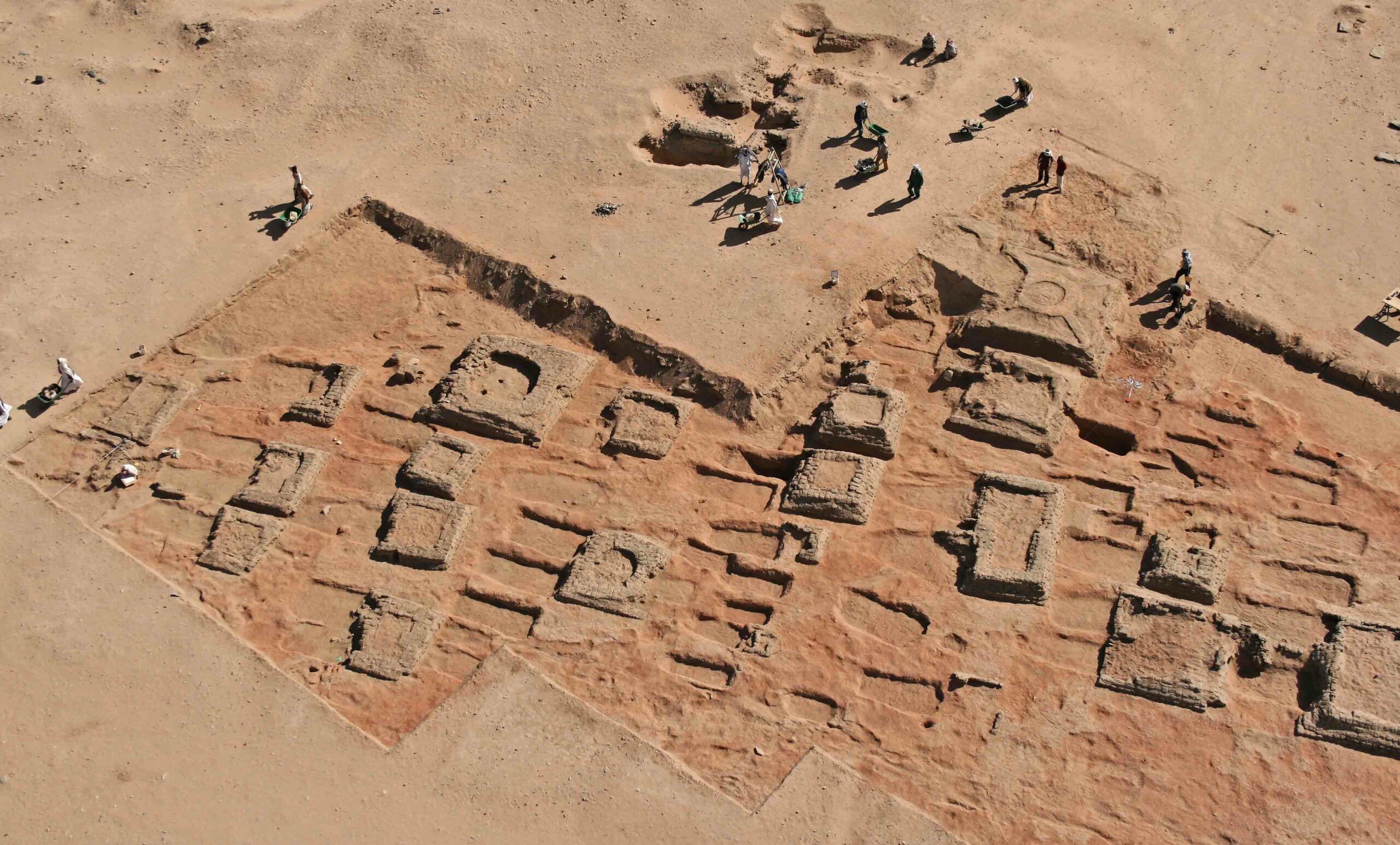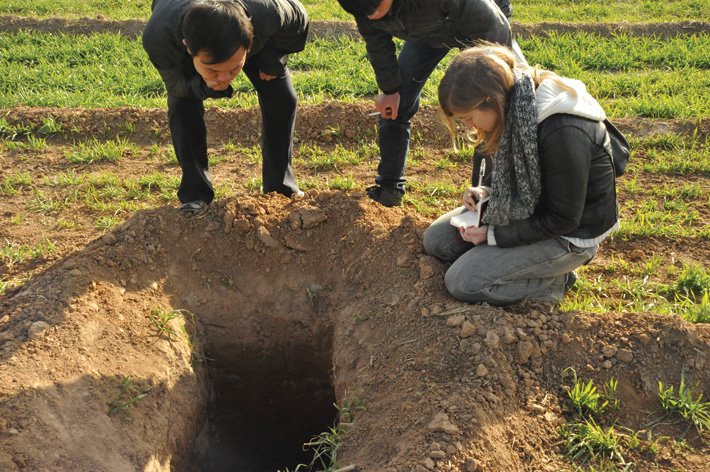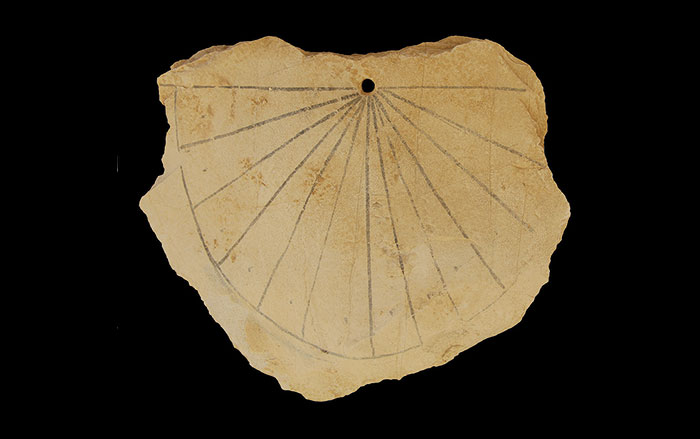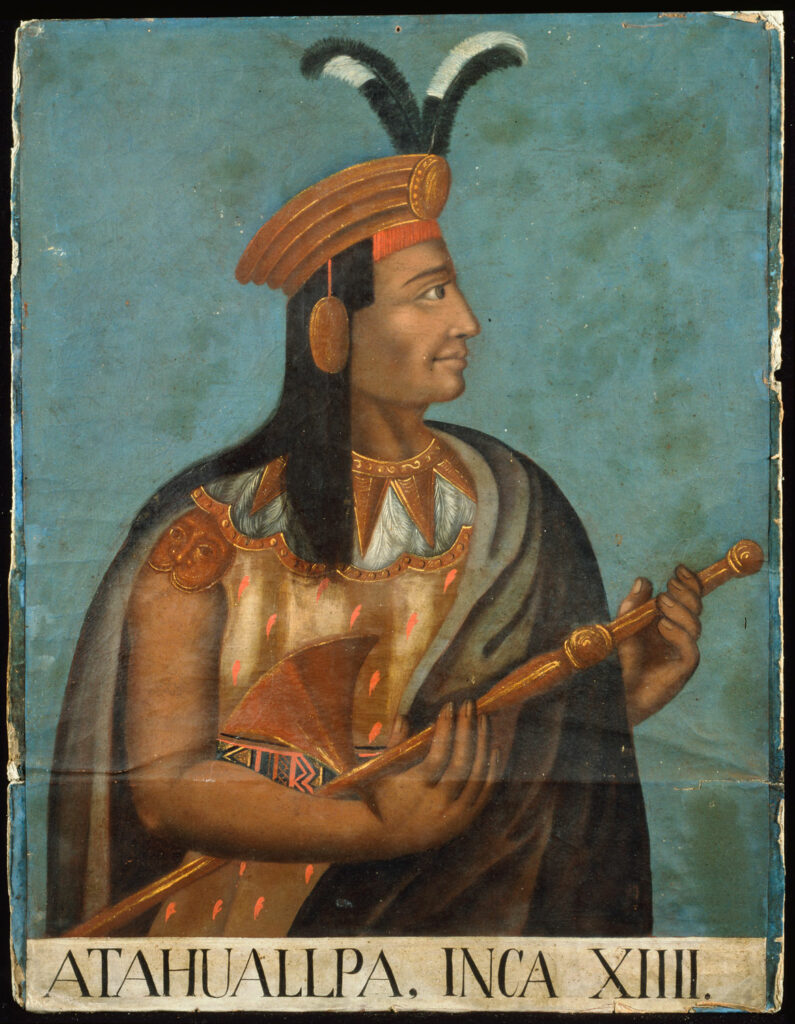
After fighting a bloody civil war against his brother, the prince Atahualpa emerged as the sole leader of the Inca in 1532. But his reign was short-lived. While traveling to the Inca capital Cuzco to claim his throne, Atahualpa was seized at the town of Cajamarca by a small band of Spanish troops led by Francisco Pizarro. Legend has it that Atahualpa offered to fill a room with gold and silver in exchange for his release, but Pizarro had him executed in 1533. The Spanish gave Atahualpa a Christian burial in Cajamarca, but numerous accounts suggest his body was exhumed by his followers and mummified.
Ecuadorian historian Tamara Estupiñán of the French Institute of Andean Studies has spent more than a decade examining records from the period. Based on her analysis of the documents, she thinks one of Atahualpa’s generals, Rumiñahui, brought the emperor’s mummy to what is now Ecuador for safekeeping. She pinpoints the recently rediscovered site of Maiqui-Machay as Atahualpa’s final resting place. David Brown, a research fellow at the Texas Archeological Research Laboratory, is one of a group of researchers who have conducted recent fieldwork at the site, which was a small rural settlement occupied for several centuries before the Inca. “I think the evidence gathered by Tamara is certainly suggestive and points to the possibility that the mummy could have been carried there,” says Brown. “But the archaeology is lagging behind.” It’s unlikely that Atahualpa’s mummy survived the centuries, but other evidence from the Inca occupation of Maiqui-Machay could emerge to support Estupiñán’s bold thesis. “It remains for archaeologists to test through careful fieldwork,” says Brown.


